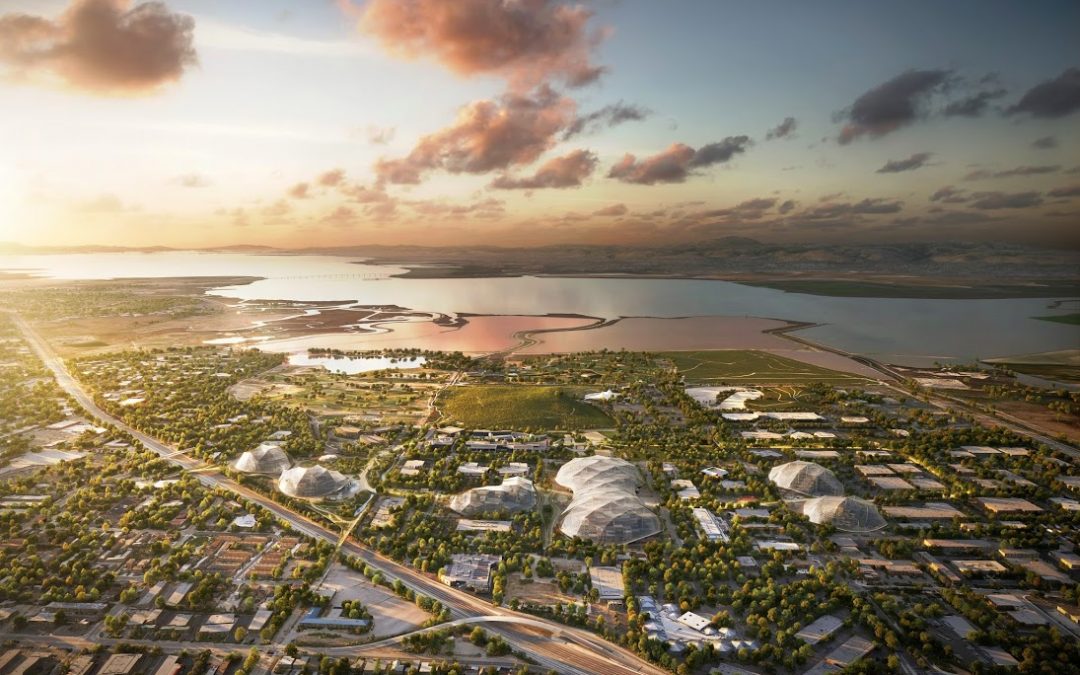Can the San Francisco Bay Area handle the growth? The Bay Area region is one of the most in-demand places in the country to live, especially for professionals in the technology industry. After all, it’s the place where tech companies come to grow, and subsequently, the region attracts great talent. However, the increased demand has contributed to a housing shortage, making it unaffordable for many, and it’s caused other problems such as traffic congestion and long commute times. Also, environmental conditions are much harder to predict with a warming climate. From a civil engineering perspective, the growth can last if development is well-planned and sustainable.
Development Growth Challenges
We used to be able to predict future conditions based on the past, says Bill Wallace, in an ASCE blog entitled “Leading Force in Sustainability Discusses What Needs to Happen Now.” But that’s not the case now. The most significant challenge for the civil engineering community is to develop safe and reliable infrastructure projects in the face of new and changing environmental conditions. Wallace adds that civil engineers must also to do this while overhauling basic standards and practices, which makes for an even greater challenge. However, transformation can happen with the right ingredients, and in the Bay Area especially, we need the right leadership and a public that understands the issues and the required investment. Often, here in the San Francisco Bay Area, technology companies lead the way for sustainable growth.
Successful infrastructure projects in the Bay Area often meet obstacles along the way, especially when existing utilities must be upgraded to handle the new load. The region is trending toward transit-oriented development as new Bay Area Rapid Transit (BART) stations are opening and housing and retail are built around them. Cities and local jurisdictions are vigorously developing new community plans to achieve sustainable growth. However, the higher density development in emerging city-planned communities often meets existing outdated infrastructure, and environmental impact studies are commissioned to address the needs for infrastructure upgrades. Another environmental condition to account for in the Bay Area with projected growth is shrinking water resources, which can affect future planning.
Development Opportunities to Offset Strain
The good news is there are existing sustainability measures, such as more energy-efficient structures (e.g., LEED-certified buildings by the U.S. GBC) and water conservation requirements. For example, with every new development, there are opportunities to apply “low-impact development” (LID) rules for the sustainable management of stormwater runoff. Significant progress has been made in water conservation, stormwater infrastructure load reduction, groundwater recharging, and water re-use with the now-mandated Clean Water rules. These rules are incorporated into any new development, especially with the emerging trend of transit-oriented development.
The emerging Innovation and Downtown Districts of Fremont, California are great examples of transit-oriented development that present opportunities to offset strain in the Bay Area. This expansion is critical to hiring growth, especially locally, in Fremont. The biomedical and related industries are starting to improve at a steady rate says Dr. Ray Stewart in a “Think Silicon Valley East” blog, and for the long-term, we need more locally-based employees. There will be a need for people who live and work in town, because “a combination of long commute times and high housing prices is making staffing more difficult.” The Master Plan for the Warm Springs Station Development was approved in July of 2015, and the plan is to build over 3,000 housing units along with one million square feet of office and industrial space. New housing is great news, particularly because the new Warm Springs BART station in South Fremont is testing the trains as of December 2015.
From a civil engineering perspective, the Bay Area development demand is creating new opportunities for sustainably-designed communities and projects. Though there have been headlines of market turbulence, real estate market leaders say that the fundamentals of the U.S. economy are still strong, and delayed projects in the Bay Area should move forward as we gain confidence. However, to assess specific project impacts, a feasibility study should be done before development. Ultimately, the burgeoning Bay Area market demand will likely offset the upfront project investment. Timing, forces, stakeholders, and the civil engineering community have to work together for transformational, yet sustainable growth.
Image Source:
Plan for Google expansion – Big & Heatherwork Studio

